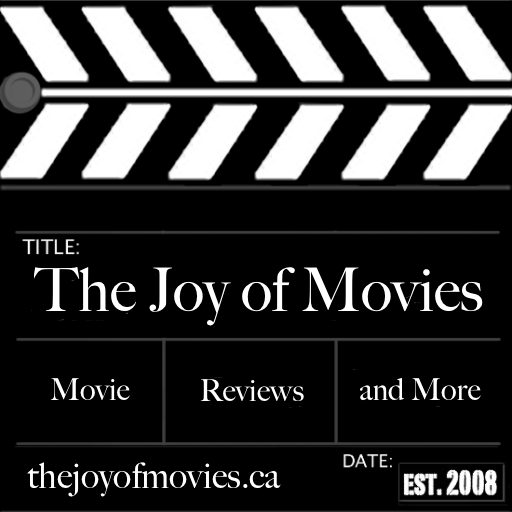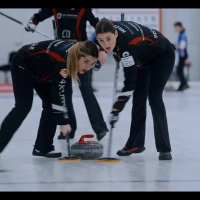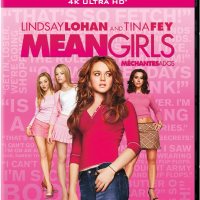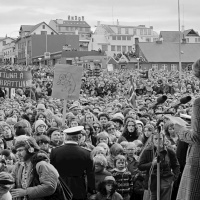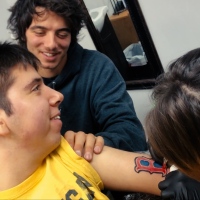After 25 Years, “Who Framed Roger Rabbit” is Still a Groundbreaking Classic
By John Corrado
 Exactly 25 years ago, one of the top movies at the box office was Who Framed Roger Rabbit, a groundbreaking classic from director Robert Zemeckis that still holds up both in terms of technical mastery and brilliant screenwriting.
Exactly 25 years ago, one of the top movies at the box office was Who Framed Roger Rabbit, a groundbreaking classic from director Robert Zemeckis that still holds up both in terms of technical mastery and brilliant screenwriting.
Roger Ebert and Gene Siskel even devoted an entire section of their show to praising the summer film, which they both included on their top ten lists at the end of the year. When Roger Ebert said that the film would benefit from “the kind of word of mouth money can’t buy,” his prediction panned out and the movie ended up grossing over $156.4 million, ranking just behind Rain Man as the highest grossing picture of 1988.
All of this praise is still wildly deserved, because Who Framed Roger Rabbit was an absolute game changer that seamlessly mixed animation and live action. But now the fact that the film was even made seems like something of a minor moviemaking miracle, and I’m honestly not sure if the project would find the same sort of commercial success had it been released for the first time this summer, instead of 25 years ago. The film was not only wildly entertaining and hilariously inventive, but also smart and risky, a daring production under the Disney banner.
The film opens with a brilliant cartoon, a hilarious sequence that has Roger Rabbit (Charles Fleischer) watching Baby Herman (Lou Hirsch), trying to keep him safe as all manner of dangers await them in the kitchen. This animated interlude starts Who Framed Roger Rabbit on an exhilarating note, hooking the audience even before the camera pulls out to reveal that the animated backdrop is just another set on the lot of a movie studio. The year is 1947, and the cartoon characters are actors just like everyone else, living in Toontown just outside of Hollywood and not always getting the rights they deserve.
The story begins when Roger Rabbit’s curvaceous wife Jessica (the uncredited voice of Kathleen Turner) is rumoured to be having an affair with Marvin Acme (Stubby Kaye), and private detective Eddie Valiant (Bob Hoskins) is hired to investigate. But when Marvin is murdered and Roger is blamed, the detective and the cartoon character team up to uncover deep rooted corruption behind the scenes of Toontown, including a nefarious plot by Judge Doom (Christopher Lloyd). The screenplay by Jeffrey Price and Peter S. Seaman offers an intelligent story ripe with riffs on Chinatown, while playing as a love letter to classic animation, filled with memorable appearances from numerous famous characters.
A 25th anniversary edition Blu-ray came out back in March, a release that I never had the chance to cover, but is highly recommended. Even after being digitally restored and presented in high definition, the special effects hold up beautifully, and there are still several scenes where the actors interact with the animated characters that produce the same sense of awe that audiences must have originally felt back in 1988. Jessica Rabbit’s “lap dance” is one of the scenes that comes to mind, as the animated seductress interacts with the character of Eddie Valiant, pulling him up by his tie. Another one of many memorable scenes is the duelling piano performances of Donald and Daffy Duck, as the characters play around with seemingly real instruments.
The cartoon characters were meticulously added to the live action footage through fourteen months of post-production, and there were thousands of cels created by hand for the film, with certain scenes including over 100 different elements. The production also had a Canadian connection in the form of Richard Williams, who oversaw the team of artists behind the animated scenes, moving part of the production to his studio in England due to his refusal to work in Los Angeles. The animator received a Special Achievement Award at the Oscars for his work, and he signed on after Steven Spielberg and Disney agreed to help him with his then unfinished film The Thief and the Cobbler, which has still never gotten a proper release and has a troubled history of its own.
The film was based on Gary K. Wolf’s 1981 novel Who Censored Roger Rabbit?, and Disney bought the rights after the book was published. A year later, Robert Zemeckis offered to direct the adaptation, but Disney let him go because his previous two films I Wanna Hold Your Hand and Used Cars had tanked at the box office. Terry Gilliam was offered the project, but declined the opportunity to direct. But the way Hollywood viewed Robert Zemeckis changed after he found success with the release of Romancing the Stone in 1984, which in turn convinced Universal to fund his passion project Back to the Future in 1985, which remains one of his biggest hits and among my favourite films of all time.
Suddenly Robert Zemeckis went from being seen as the director of two small comedies, to the visionary filmmaker behind a blockbuster hit. Partially spearheaded by executive producer Steven Spielberg, the production of Who Framed Roger Rabbit was restarted in 1985, with an original budget at around $50 million, which the studio felt was too expensive at the time. The film only got the green light after the budget was lowered considerably, before ballooning back up during the actual production, threatening to shut down the lengthy shoot. The budget is estimated to be around $70 million, and now this number might seem like a drop in the hat compared to what many blockbusters cost, but at the time was a lot for them to invest.
But the groundbreaking visual effects and production challenges were not the only risks that Disney took with Who Framed Roger Rabbit. The film also has a fair amount of both thematic and sexual content, and would now receive a PG-13 rating, which was still a fairly new classification at the time. The rating would have coincidentally been appropriate, having been first suggested by Steven Spielberg in 1984 for the release of Indiana Jones and the Temple of Doom. But because Robert Zemeckis was granted final say over the finished cut, the studio was thankfully unable to censor the elements that they considered too risqué, and released the film through their Touchstone Pictures label.
We should all be thankful for the challenges that everyone went through to get the film off the ground, a triumphant success that was met with three Academy Awards, including much deserved trophies for the editing and visual effects. Because 25 years after Who Framed Roger Rabbit first became somewhat of an unexpected summer hit and the most expensive movie of the 1980s, the film still feels like something truly special, the work of filmmakers unafraid of trying something new and fearlessly taking risks. This is a groundbreaking and incredibly entertaining classic in absolutely every way.
